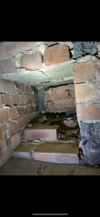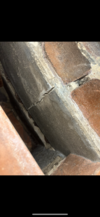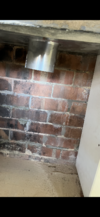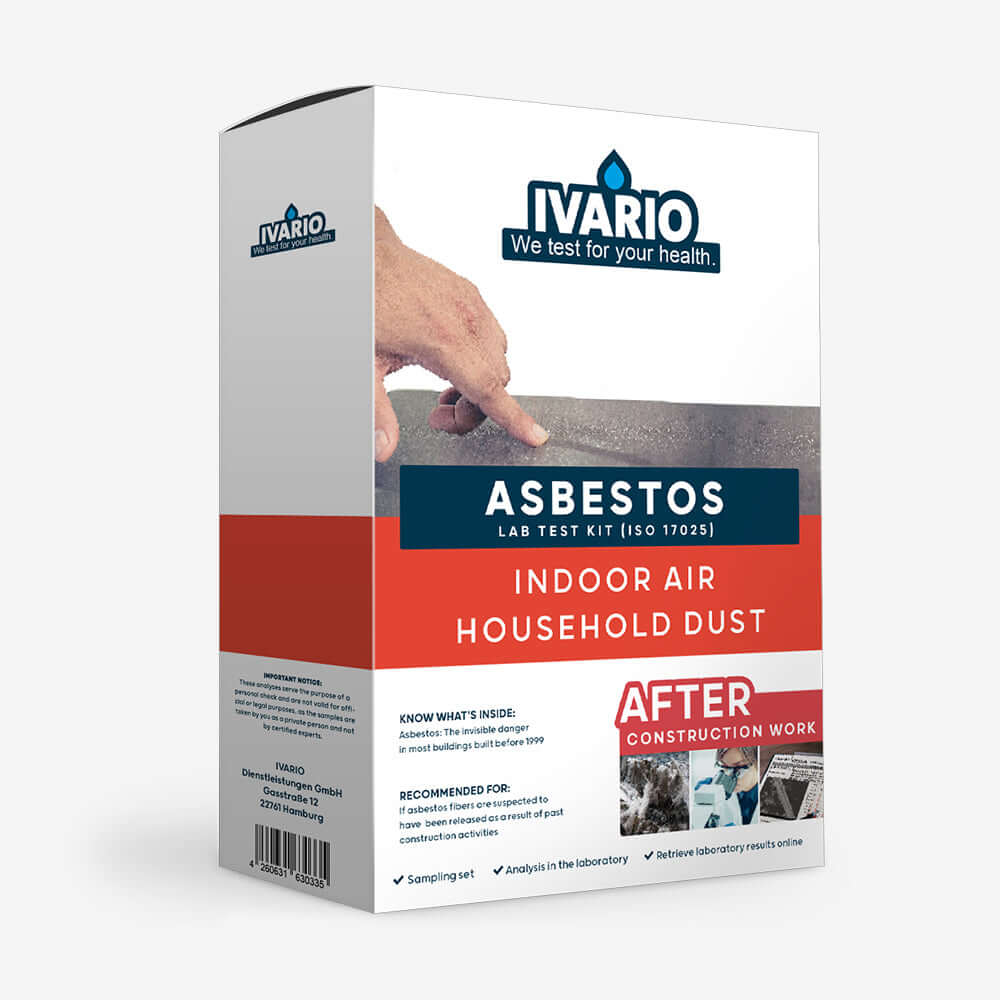Hi there. I moved into a 1960s house (UK). As far as I’m aware, the previous owner used to have a gas fire, which they then removed. They blocked off the fireplace and boarded over it.
I had knocked through this to install a log burner. There are a couple of sheets that look to have been over what could have been a back boiler when the house was initially built. I did not think too much of it at the time but now of course in hindsight think these sheets could have been asbestos. Some were already cut and cracked (not by me).
If they are asbestos sheets, I can accept that I’ve likely inhaled some dust when knocking through/cleaning up the mess and there is nothing I can do about that now. However, I was wondering if anyone can help with the following questions please:
1. Does this look like asbestos? If so, AIB?
2. Now boarded off, is this likely to be an issue anymore?
I’m concerned more about if it’s an issue since I’ve boarded this off and the fact that I had hoovered up the mess and will have used that hoover all over the house since.
Any advice would be much appreciated.
I had knocked through this to install a log burner. There are a couple of sheets that look to have been over what could have been a back boiler when the house was initially built. I did not think too much of it at the time but now of course in hindsight think these sheets could have been asbestos. Some were already cut and cracked (not by me).
If they are asbestos sheets, I can accept that I’ve likely inhaled some dust when knocking through/cleaning up the mess and there is nothing I can do about that now. However, I was wondering if anyone can help with the following questions please:
1. Does this look like asbestos? If so, AIB?
2. Now boarded off, is this likely to be an issue anymore?
I’m concerned more about if it’s an issue since I’ve boarded this off and the fact that I had hoovered up the mess and will have used that hoover all over the house since.
Any advice would be much appreciated.







